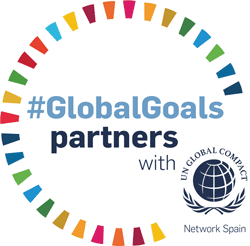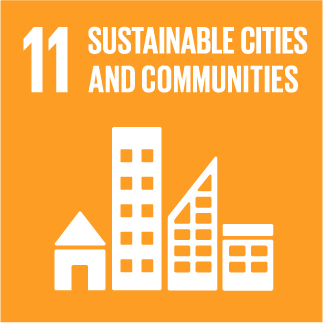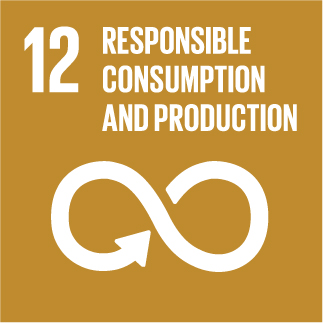Smaller scale plastics recycling could be a ?game changer?
Regulators are cracking down hard on the?industry which is already facing?a number of complex challenges.
Paul Hodges, chairman of international E-Chem, highlighted how there?s an awful lot of work to do in a very limited time when speaking at Circularity for Polymers: The ICIS Recycling Conference in Berlin earlier this year. Hodges said: ?It?s very clear there's a paradigm shift going on in the industry. Companies are waking up to the fact that waste plastics are a really big issue - one that?s not going to go away. Single use plastics are going to be in the firing line for the next few years, and business models simply must change.?
Hodges explained how this shift is required because although people understand why we need to recycle, they simply don?t know how to recycle plastics. He mentioned: ?We haven't got the technology available. We haven't got the collection processes setup. We need to move away from throwing rubbish away at waste sites and focus instead on developing resource centres, based on a distributed network of local chemical recycling plants.?.
A move to smaller, local chemical recycling plants, which are more efficient and effective at separating out the different types of plastic seems a suitable way to better achieve the dream of a circular economy.
Richard Daley is managing director of ReNew ELP. The company are in the final stages of development on the first of four chemical recycling processing lines. Daley explained how each line processes 20,000 tonnes a year, and their Cat-HTR technology utilises what Daley describes as ?a unique hydrothermal upgrading process, using supercritical water to break down plastics into reusable, valuable chemicals and oils?.
Echoing Daley, ICIS senior editor, recycling, Mark Victory, said: ?Chemical recovery is better in theory but there are issues with cost and yield. In theory, it?s good, but there are still the same challenges of collection ? and it will be five to ten years ? an optimistic estimate ? before we see large scale chemical recovery.?
Victory identified another hurdle, commenting that collection is simply not big enough. He says local authorities who are mainly responsible for household waste collection have been underfunded for more than a decade. Additionally, the issue is further exacerbated by China?s decision to stop taking waste plastics from the rest of the world.
?Investment in waste collection hasn?t kept pace with the increasing complexity of packaging,? explains Victory. ?And since China stopped accepting waste, there?s more contamination in our domestic recycling. Wastage rates have increased, because China used to take the lower quality waste material which they could use in industries such as textile but is now being incorporated into domestic bales.
?The scale of demand and size of the undersupply is also meaning material is having to be produced at maximum capacity and stretched further, which also has an impact on contamination levels. In recycled polyethylene terephthalate, for example, we?ve seen wastage rates increase from 25% in 2009 to 30-35% currently.?
Hodges commented what the industry urgently needs is project teams to work out both how to produce more sustainable products and also better recycling collection and processing facilities.
?We've got 18 months to work this out,? Hodges warned.??Because if we don't do it, brand owners are going to say ?look we've made a commitment to the consumers to have done this by 2025. You're not moving. So, we're going to have to do something else.? We have six years to work this out and we don?t know what to do.?
ICIS? senior analyst of plastics recycling, Helen McGeough explained: ?Plastic packaging is more complex than ever before -?modern packaging?has moved beyond just functionality to a marketing tool. But we need to strip it back to a simpler level and encourage recycling concepts at the design stage.
?The EU has set the bar high with the Single Use Plastic Directive, requiring higher collection rates even with 2018 recovery rates for PET bottles in Europe at 63%, and 55% in the UK. The European country PET collection rates range vary across member states reflecting the differences in systems, consumer participation and government ability to prioritise investment in waste management. This lack of standardisation in everything from waste infrastructure to final R-PET product specification continue to present as many challenges as opportunities for one of the most developed recycled markets in the plastic industry.?
Victory stated that: ?The sector needs heavy investment?to catch up across the entire chain. There?s no point in everyone wanting to recycle if the infrastructure isn?t there. We are relying on people to understand and embrace recycling systems, which is hard to predict. There?s a strong education element to it. For most people, plastic is simply plastic - they are unaware of the different types and what to do with it.?
Hodges highlighted the need for investment, suggesting the industry needs to provide more funding: ?The amounts the industry is committing to this sea change is next to nothing ? 25 million here, ten million there - come on guys, you know, we're talking about a hundred billion industry here. You can't start with pocket money!?
?The new industry business model is small scale and local, whereas for the last 30 to 40 years, all we?ve talked about is massive and global ? and this is a complete game changer,? Hodges concluded.
Tags Recycling Plastics ICIS E-Chem ReNew ELP



 High quality methylal from non-recyclable plastic waste by an improved Catalytic Hydro-Gasification Plasma(CHGP) process
High quality methylal from non-recyclable plastic waste by an improved Catalytic Hydro-Gasification Plasma(CHGP) process

